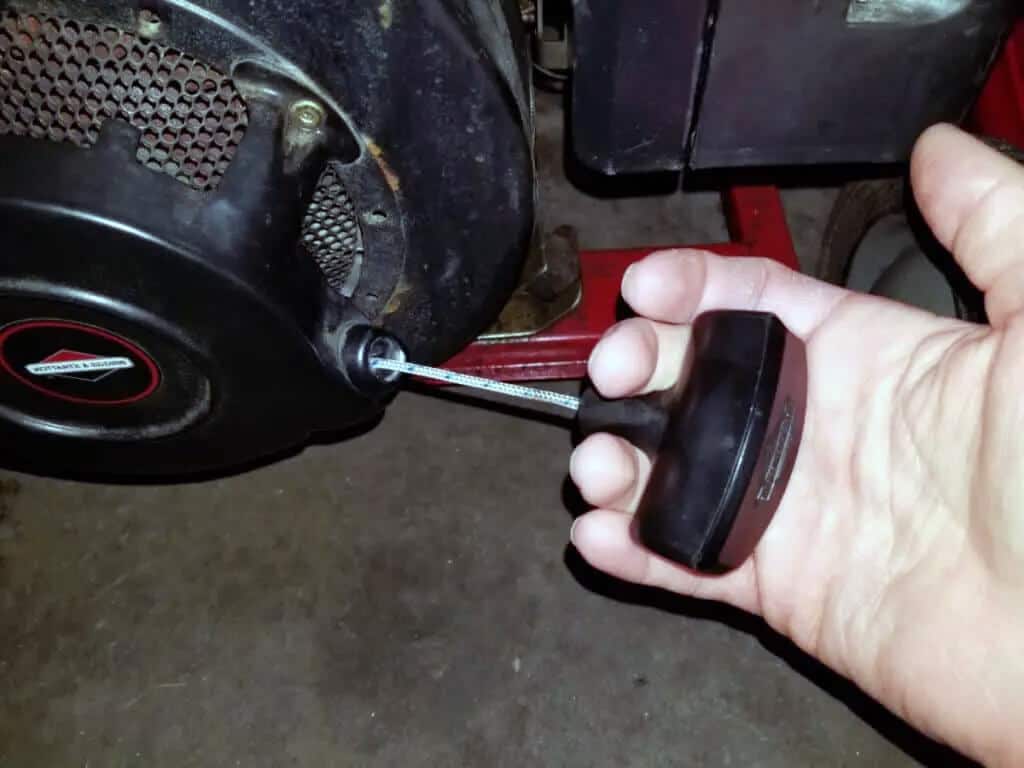how to start a generator?
- BY BISON
Table of Contents
Owning a BISON generator is one of the most intelligent decisions you can make because it guarantees power during storms and other outages. You can choose between an automatic generator that starts automatically during a power outage and a manual generator that you turn on yourself.
While automatic generators may seem like a great idea, their cost can be prohibitive for many. The time to turn on the electric generator is so short that you won’t be without power for too long. Unless you run very critical equipment like hospital ventilators, life support machines, etc., you don’t need an automatic generator.
In this guide, BISON takes you through the steps to how to start a generator for the first time and every other time you how to start a generator after that.

Safety Precautions Before Starting a Generator
Before you start a generator, it’s crucial to prioritize safety. Here are some important precautions to consider before starting generator for the first time:
consult your user manual
Each generator is unique and specific instructions and directions are provided by your BISON generator suppliers. Make sure you read and understand these instructions before operation. They will provide detailed information on the safe and effective use of the generator, maintenance schedules and troubleshooting recommendations.
Proper Ventilation is Key
Generators produce harmful gases like carbon monoxide, which can be lethal if inhaled in large quantities. Therefore, never operate a generator indoors, including inside garages or basements, or in any area with inadequate ventilation.
consult a qualified electrician
Connecting a generator directly to your household electrical system without a proper transfer switch can lead to a dangerous situation known as “backfeeding,” potentially causing an electrical fire or electrocution. It’s essential to consult a qualified electrician before making such connections.
keep generator dry
Operating a generator in wet conditions can lead to electrocution. Always keep your generator dry and, if needed, operate it under an open, canopy-like structure away from water sources.

how to start a generator manually
Starting a portable generator involves a sequence of specific steps. Let’s walk through these in detail:
Step 1: Placement and preparation
Choose a suitable outdoor location for your generator. It should be on a level surface, at least 10 feet from your home or other structures, and protected from rain or snow. Ensure the exhaust is directed away from any windows or doors to prevent harmful fumes from entering your home.
If you want more information, please click on: How far away should the generator be from the home?
Step 2: Checking fuel and oil levels
Before the generator starting, check the fuel and oil levels. Running a generator with low oil can cause engine damage, while an insufficient fuel supply can cause the generator to run inefficiently or stop unexpectedly. Use the type of fuel recommended by the manufacturer for optimal performance.
Step 3: Turning on the fuel valve
The fuel valve controls fuel flow from the tank to the engine. To start the generator, turn the fuel valve to the ‘ON’ position. This allows fuel to flow into the carburetor and make the engine ready for ignition.
Step 4: Using the choke
The choke helps to start the engine by enriching the fuel-air mixture. If the generator engine is cold, move the choke lever to the ‘CLOSED’ or ‘START’ position. If the engine is warm, you may not need to use the choke.

Step 5: Pulling the recoil handle
To start the engine, hold the recoil handle and pull it sharply until you feel resistance. Then let it retract slowly. You may need to pull a few times before the engine starts.
Step 6: Letting the engine warm up
Once the engine starts, let it run without load for a few minutes. This warms up the engine and prepares it for efficient operation. If the choke was used, gradually move it to the ‘OPEN’ or ‘RUN’ position as the engine warms up.
Step 7: Connecting devices
After the engine has warmed up, you can begin connecting your devices. Make sure the total electrical load does not exceed the generator’s capacity. Start with the largest electric loads first, then add smaller ones.
conclusion
Starting a generator manually, while straightforward, involves careful attention to safety procedures and manufacturer’s instructions. From the initial placement and preparation of the generator, through checking fuel and oil levels, to finally connecting your devices, each step is integral to the safe and efficient operation of your generator.
Remember, if any part of this process makes you uncomfortable, don’t hesitate to consult with a qualified electrician. Safety should always be your paramount concern.
Regarding starting the generator, people also ask
how long does it take for the generator to start?
Most modern automatic backup generators can start within 10 to 20 seconds after a power outage. On the other hand, manually starting a portable generator may take several minutes to get it running properly.
Can I run my generator without grounding it?
If you’re using a portable generator and only plugging appliances directly into it with extension cords, grounding may not be necessary. This is because many portable generators are double-insulated from the ground, reducing the risk of electric shock.
However, if you’re connecting the generator to your home’s electrical system, such as through a transfer switch, it should be grounded to prevent electrical shocks and surges.
contact us
Please complete our contact form and we will soon get back to you with expert advice.
business
Get in touch to speak with our experts!

